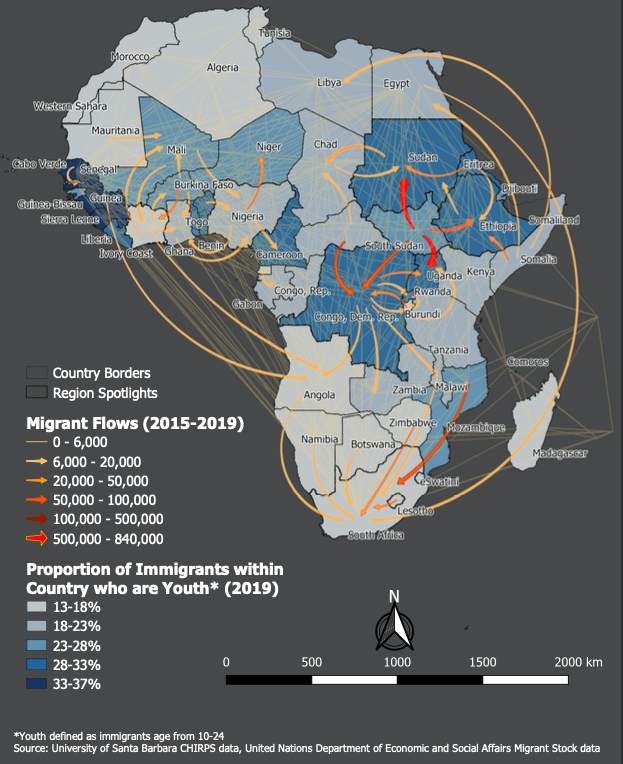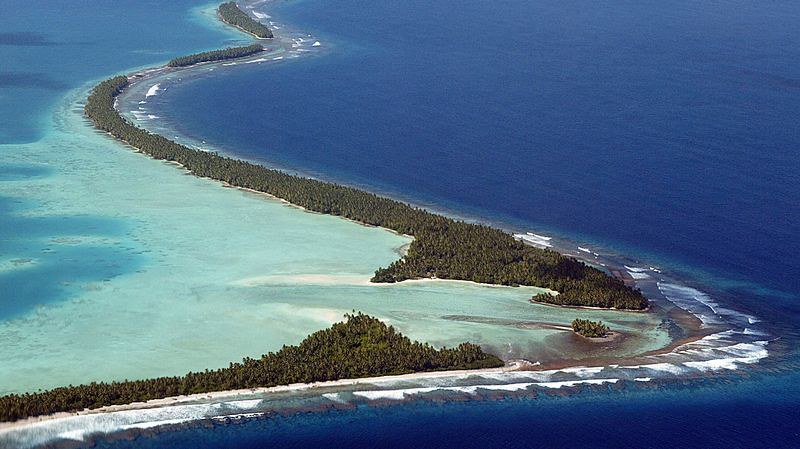Before discussing the contribution of women to society and their position and importance as I described in the previous post, I would like to provide an update on the analysis of the literature I have been working on in relation to the project I have done with CIAT, Rome, Italy.
As a quick reminder, my project with CIAT was on Climate-Security and Peacebuilding and I wrote Should I stay, or should I go? Climate, Rural Youth Migration, and Social Protection formerly called Climate Change, Rural Youth Migration, and Social Protection. In this review, I discuss climate and future climate change impact on migration patterns, looking at the rural youth context. I reviewed about 165 literature/articles from various topic-related sources; the effects on migration, climate and climate change impact on youth (global & rural), and the response steps, in particular programs and policies for social protection.
This paper finds that different countries/regions have different response systems depending on their geographic area and vulnerability level. This is largely influenced by a country’s situation whether it is developed or developing, the availability of resources and infrastructure, and a person, household, or community’s power. Developing countries generally have weak infrastructure, so their ability and capabilities are usually limited, often forcing them to move to other, safer, nearby areas. Africa, for example, has the highest number of youth (15-24 age) indicating a poor climate change adaptation mechanism has highly affected youth, pushing them to migrate or to practice theft, robbery, and trafficking. Climate and climate change impacts are expected to increase, further exacerbating the effect on rural and vulnerable areas and shifting migration patterns, particularly from rural to urban areas without adequate adaptation measures. This huge mass movement poses a threat to the host countries and can change the global demography which can further lead to conflict in the countries of origin and host.
In developing countries, in particular, social protection tends to play a significant role among some of the adaptation programs that officials have adopted. However, my review found that funding approved to strengthen social protection in poor and vulnerable areas often fails to reach the target population but has reinforced the existing sectors that have already received substantial adaptation finance. Not only that, while there has been a rapid increase in the adoption of social protection, there are no specific social protection programs or youth policies, this paper finds that most programs and policies target children, women, and the elderly. Furthermore, the IOM 2019 report shows gaps in data and methods for gathering youth migration data, this complicates discovering the exact driver and pattern of youth migration, and what trigger young people to migrate. This highlights the need for the collection of disaggregated youth migration data and the implementation of appropriate adaptation programs and initiatives that address various age groups.
Even though I have mentioned how huge mass movement could cause conflict for both origin and host countries, migration is not always a negative approach, in fact, it gives an opportunity to millions of people to live a safe and meaningful life abroad, it can reduce poverty and it could be a potential tool for enhancing human development at the national level. Since many years ago, human beings have been traveling around the world. The effect of voluntary and involuntary migration on human beings varies widely; one should not be compelled to move unless, however, the effects of war, civil strife, or natural catastrophe compelled people to flee their homes and countries.
I also discussed how the temperature rise would greatly affect our agricultural sector and food security. Today, many of the developing areas are affected by drought and pest prevalence caused by climate change, this further reduction of agricultural production contributes to deprivation, jobs lost in the agricultural sector, and food insecurity. This puts pressure on young people to move to non-agricultural jobs, and in search of work opportunities, they need to move to a foreign country.
There is much more to be discussed about this subject but the following are some of the paper’s highlights-
- If we follow the ‘business as usual’ approach, the temperature rise will change the migration pattern, increasing the number of migrants, especially from rural areas.
- There is insufficient data on youth migration to find out the key driver of youth migration
- Adaptation plans and policies need to be revised to address every age group, particularly the young, as they are our future. Social Protection programs lack policies explicitly for youth.
- Future research needs to focus on collecting and disaggregating data on youth migration to meet their specific needs.
You will be able to read the full details on my paper, at the moment my paper is not available to the public, I will make sure to have the link posted as soon as it is available.
Thank you for your support.

